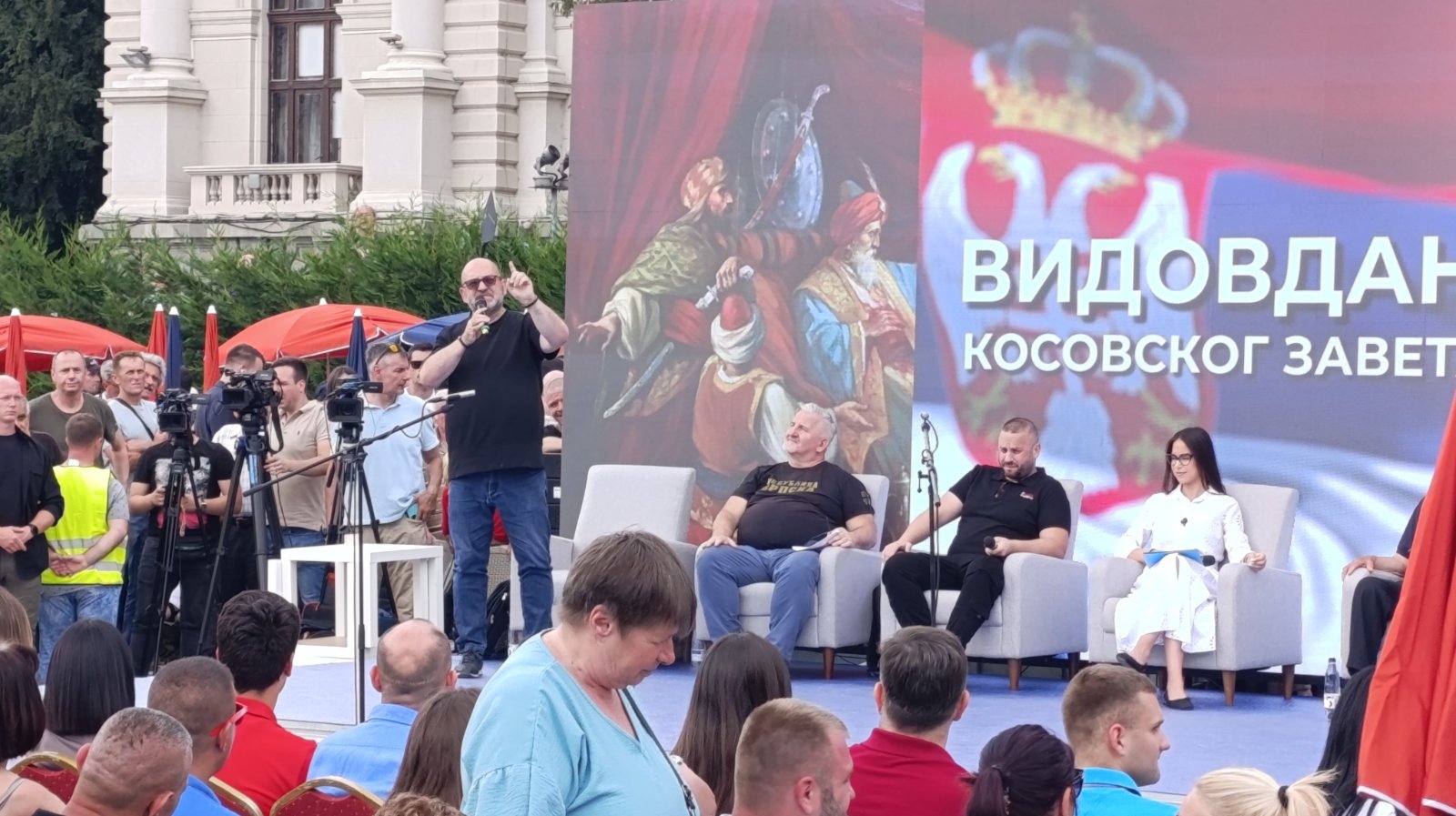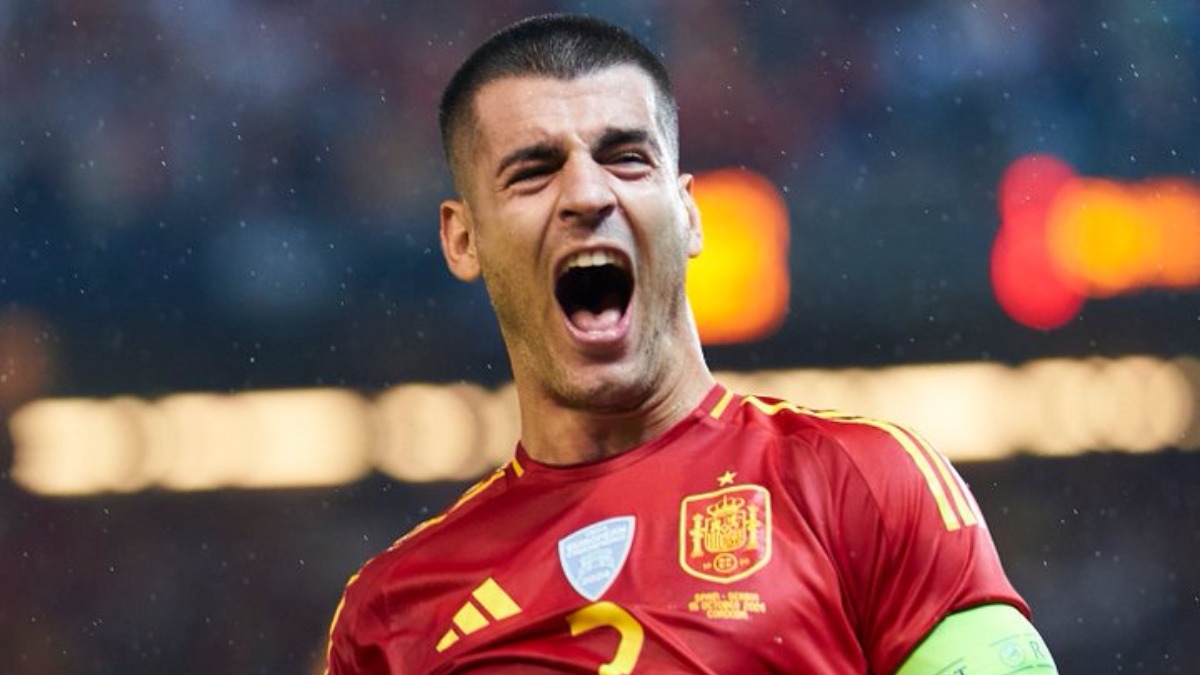The brutal police repression by Aleksandar Vučić against demonstrators is no accident but a response to the expectations of his voter base. The government balances between intimidation and the risk of uniting the opposition, using police brutality as a tool to maintain control. The Serbian Progressive Party’s voters have been longing for harsh measures against protesters for months, which the regime uses as justification for violence. However, excessive repression only strengthens the rebellion, so Vučić daily calculates how much violence is acceptable. Journalist Nedim Sejdinović points out that the regime is in a state of paranoia and insecurity, manifesting in disproportionate use of force, including beating students and citizens. The government propaganda portrays demonstrators as violent, further polarizing society. Researcher Milomir Mandić emphasizes that most of Vučić’s supporters do not approve of violence against students, but there is an authoritarian segment of the electorate that desires a “strong hand.” Professor Bojan Pajtić adds that authoritarian voters want a leader who takes responsibility, and repression against demonstrators is seen as protecting the state. After the Vidovdan protest, repression escalated, but in recent days there has been a noticeable decrease in violence, part of Vučić’s tactic to balance different interests. This situation reveals deep polarization and crisis in Serbian society, where violence becomes a means of political control, and citizens are trapped between fear and resistance. If you have your own take on this chaos, feel free to share it — maybe your word can break this vicious cycle!
Vučić’s Voters and Police Brutality: Why Violence Has Become Expected?








